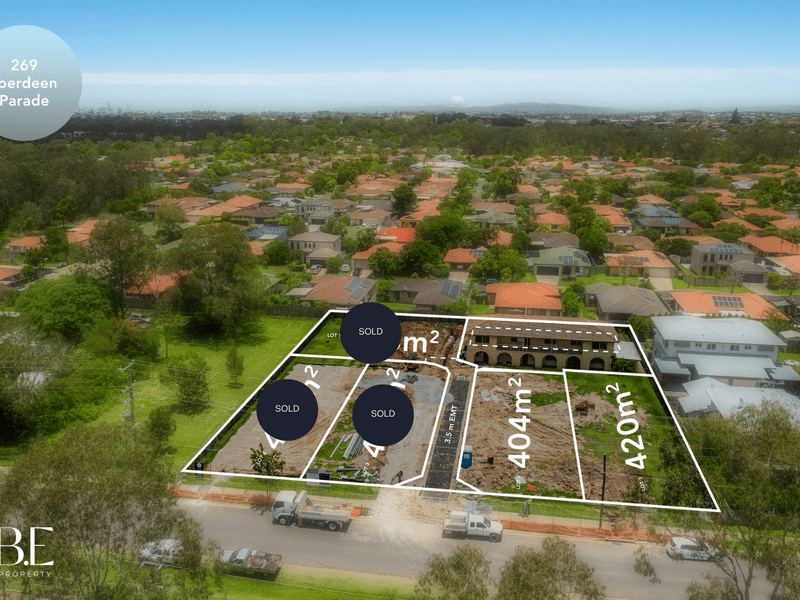Discovering Aberdeen: Scotland’s Maritime Gem

Introduction
Aberdeen, often referred to as the ‘Granite City’ due to its stunning grey-stone architecture, holds a significant place in Scotland’s economic and cultural landscape. With a bustling port that has long contributed to its maritime heritage, Aberdeen has evolved into a vital hub for industries including oil and gas, education, and tourism. This article delves into the current events shaping this historic city and its relevance to Scotland and beyond.
Economic Developments
In recent years, Aberdeen has witnessed significant economic growth, primarily attributed to the oil and gas industry. The city’s geographical position has made it a focal point for energy operations in the North Sea. This year, the region is celebrating more achievements with new investments in renewable energy sectors, particularly wind and hydrogen technologies. The local government has committed to transitioning towards sustainable practices, which aligns with Scotland’s broader climate goals.
In addition to the energy sector, the ongoing expansion of Aberdeen’s harbour facilities aims to bolster trade and tourism. The Harbour Expansion Project, expected to complete its next phase in late 2024, is set to enhance port capacity and attract international shipping routes, creating more job opportunities in the process.
Cultural Significance
Aberdeen is also renowned for its rich cultural heritage. Home to various museums and art galleries, such as the Aberdeen Maritime Museum, the city showcases its historical ties to the sea. Every summer, the Aberdeen International Youth Festival draws performers and artists from around the globe, celebrating the vibrant arts scene while positioning the city as a cultural destination.
The city’s education system, highlighted by the University of Aberdeen – one of the UK’s oldest universities, continually attracts a diverse student population. This demographic influx has not only provided a boost to local businesses but has also fostered a dynamic atmosphere that shapes the city’s cultural identity.
Future Perspectives
Looking ahead, Aberdeen faces challenges and opportunities. The city must navigate the transition from a historically oil-centric economy to a diversified, sustainable model. Initiatives aimed at promoting digital and technological innovations are underway, indicating that the city is poised for a future that includes a broader range of industries.
Conclusion
In summary, Aberdeen stands as a quintessential representation of Scotland’s resilience and adaptability. With its strategic position in global maritime trade, commitment to sustainable energy, and rich cultural tapestry, it is clear that Aberdeen will continue to play a pivotal role in Scotland’s future landscape. For residents and visitors alike, the city offers a unique blend of history and modernity, making it a vital area for exploration and economic growth.









